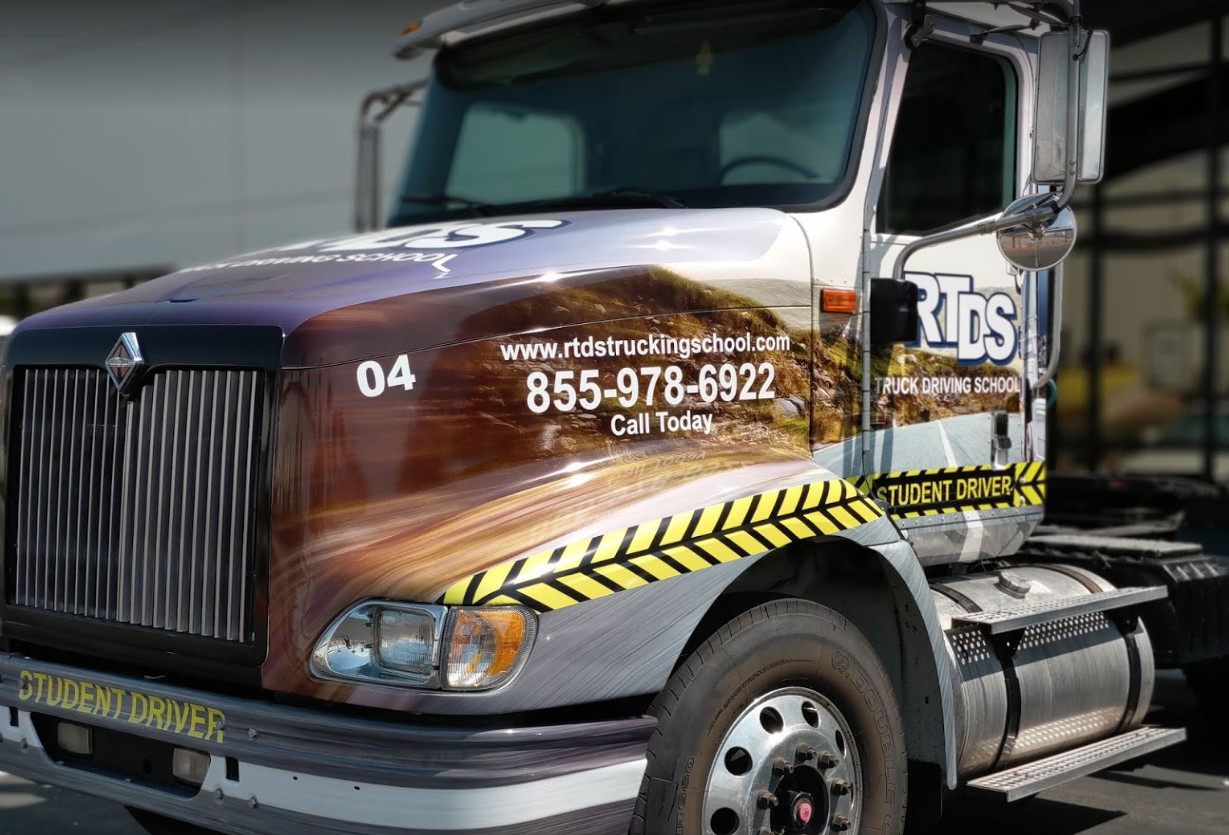Sometimes differentiating the various driving licenses can become quite a task.
Here is a comprehensive guide explaining the differences in the truck licenses that you get from your state.
Types of CDL licensing
A CDL (commercial driver’s license) is a must-have if you want to operate semi-trucks, tractor-trailers and even buses.
Now, under the controlling Commercial Motor Vehicle Safety Act, you can be awarded any of the following licenses depending on your goals and where applicable, the truck driving training you’ve undergone:
Class A CDL: A CDL A License is mandatory if you wish to operate any combination of vehicles with a GVWR (gross combination weight rating) of a minimum 26,001 lbs. going up, including towed vehicles exceeding a weight of 10,000 lbs.
Examples of vehicles you can drive with a CDL A License:
- Tanker vehicles.
- Truck-trailer combinations, double & triple trailers included.
- Livestock carriers.
- Tractor-trailers.
- Tractor-trailer buses.
Class B CDL: Class B commercial drivers’ licenses are given for those desiring to operate single vehicles/trucks with a gross combination GVWR greater than 26,001 lbs. in addition to vehicles towing another vehicle whose weight rating doesn’t exceed 10,000 pounds.
Examples of vehicles you may drive with a Class B License:
- Segmented buses.
- Dump trucks (with small trailers).
- Large buses (city buses, school buses, and tourist buses included).
- Box trucks (furniture delivery, delivery drivers, and couriers).
- Straight trucks.
Class C CDL: Class C CDLs mandate you to operate all vehicles designated to haul 16 + passengers (counting even the driver). You can additionally operate vehicles that transport hazardous materials (as per the Hazardous Materials Transportation Act).
Examples of vehicles you may drive with a Class C CDL License:
- Passenger vans.
- Small vehicles (carrying Hazardous material).
- Combination vehicles (but those specified in Class A and B).
CDL Endorsements: CPL Endorsements help you operate extra vehicles not originally included in your CDL license. For example, if you hold aClass B Licenseand have an opportunity to work in a firm dealing with transportation of toxic waste, you’ll need to add a HazMat (hazardous material) endorsement to your Class B License. There are other such endorsements relevant to each category of CMVs.
Requirements to get a CDL
There are slight variations in the requirements among the different states. However, in general, the following conditions apply:
- Age: at least 18 (and minimum of 21 years for intrastate driving).
- Residence: You must have lived in the state for a specified time(not all states need this).
- Medical requirements: Some states ask that you submit a medical examination certificate.
As I mentioned, there could be more in your state. For instance, in Nevada (for those in Las Vegas), you have to be at least 25 years old to be endorsed for vehicle combinations beyond 70 feet (length).
Check your state’s specific requirements before starting.
CDL Training
You can go the DIY (do it yourself) way, by studying the book and take the requisite tests on your own.
However, working with a commercial trucking school makes the whole process of satisfying the CDL requirements easier.
In most state, passing majority of the tests needs you to be perfect in general motor knowledge as well as understand combination vehicles convincingly.
And while you can get some useful guidelines in the CDL handbook/manual online or in your booked testing sites, a truck driving school will hold your hand making everything easier.
You must hold the applicable class of CDL to be allowed to operate trucks across the country.
And as we have seen, the requirements can be a bit confusing so attending a CDL training can be worthy of your time.

